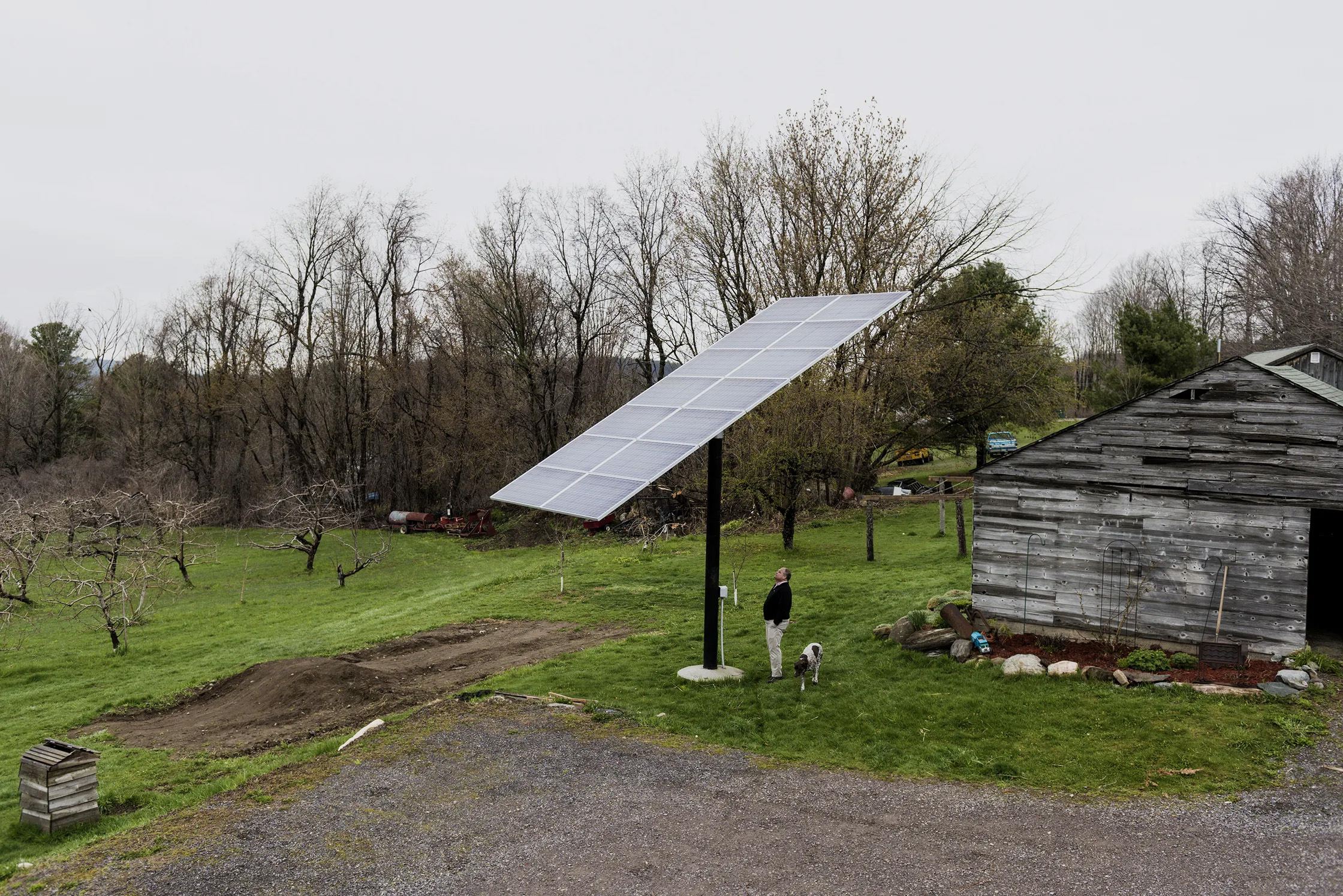On any given Monday in Vermont, Josh Castonguay, the vice-president of innovation at that state’s Green Mountain Power utility, told me, he studies the forecast for the days ahead, asking questions like “What’s it looking like from a temperature standpoint, a potential-of-load standpoint? Is there an extremely hot, humid stretch of a few days coming? A really cold February night?” If there is trouble ahead, Castonguay prepares, among other things, Vermont’s single largest power plant, which isn’t exactly a power plant at all—or, at least, not as we normally think of one. It’s an online network, organized by the utility, of forty-five hundred electric storage batteries (currently, most of them are Tesla Powerwalls), spread out across more than three thousand Vermont homes. The network also includes a broad array of residential rooftop solar panels, which produce the energy stored in those batteries, and smart water heaters and E.V. chargers. The people who have these assets aren’t off the grid; they’re Green Mountain Power customers who, for a discount on their bills, agree to plug their batteries (most of which are leased to own) and appliances into the utility’s network and let the company control the devices so that they use less power at critical moments. (If customers need to override the company’s commands, they can.) This means that Castonguay (or, really, his algorithms) can program storage batteries to be charged a hundred per cent before a storm hits. Or, if it’s going to be a hot day, he can preheat water heaters in many homes in the morning, so that in the afternoon, as the temperature rises, more power will be available to run air-conditioners. He can also precool some big buildings in the morning. “Then, if you think about it, the building itself is the battery,” he said, in the sense that it stores chilled air for later in the day. “We have about fifty megawatts” of this distributed power, Castonguay told me. “At the scale of Vermont, that’s a lot.” Utilities have always been able to dispatch supply, bringing power plants, which are often in idle mode, online as demand requires. Now they’re increasingly able to call up small, individual home power plants and dispatch demand as well, turning down thermostats or delaying car charging. Read More
The Next Power Plant Is on the Roof and in the Basement
Facebook
Twitter
LinkedIn
- Published: November 21, 2023
- Updated: November 21, 2023


